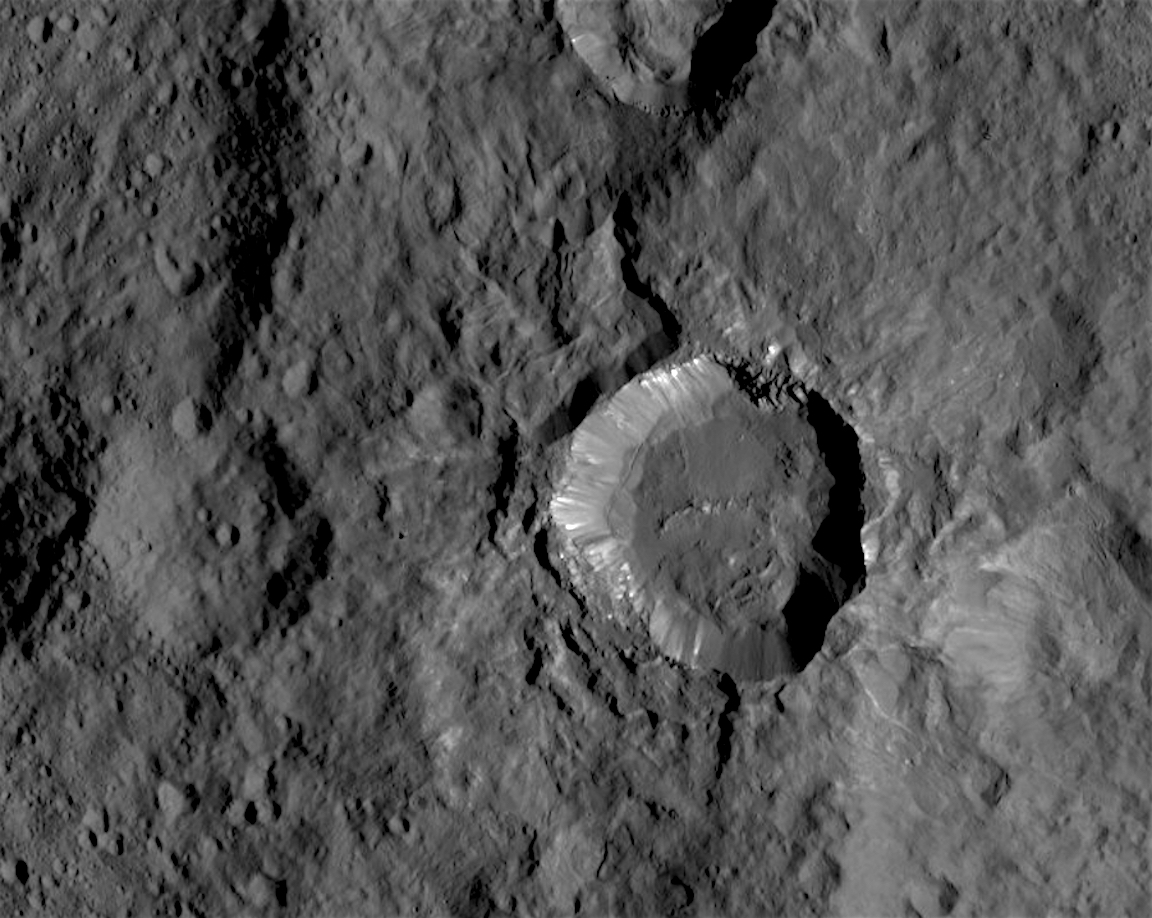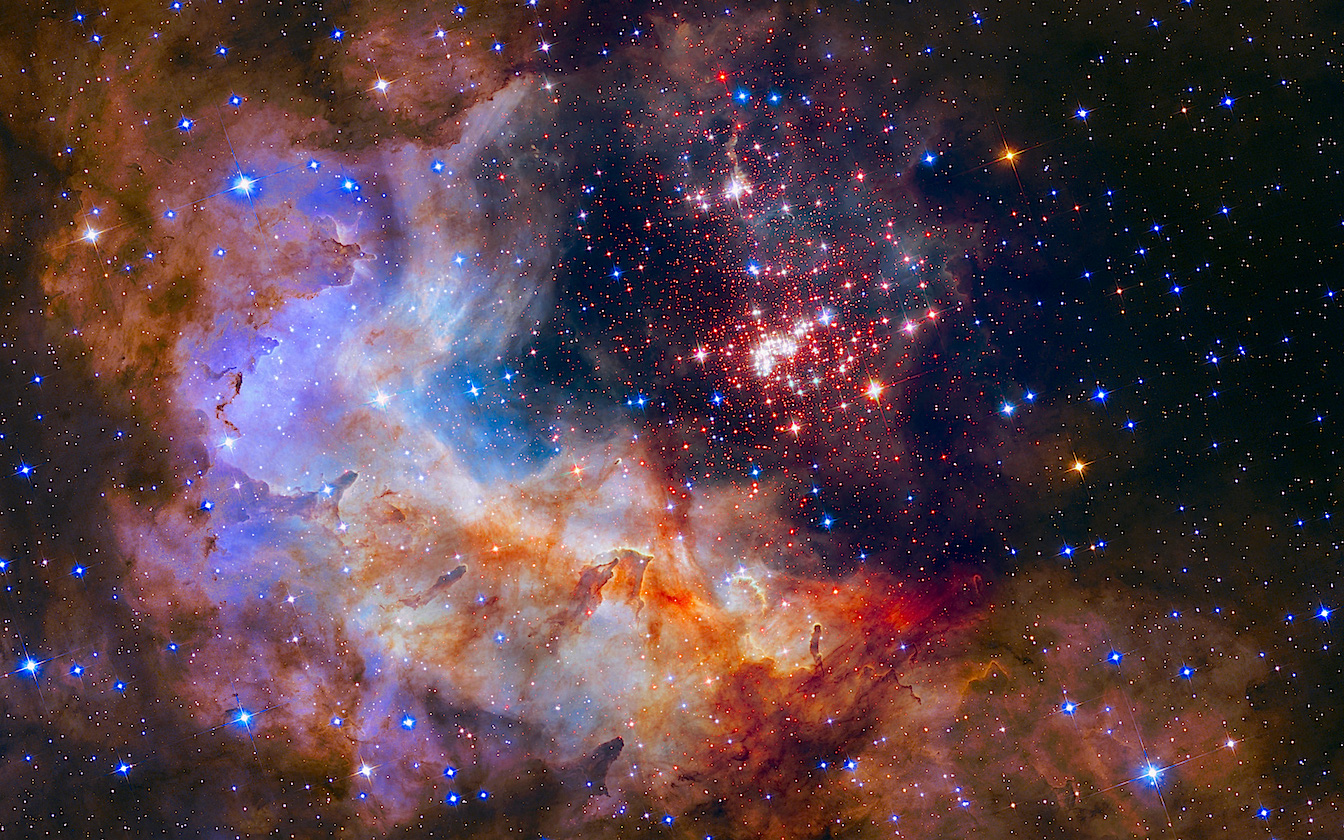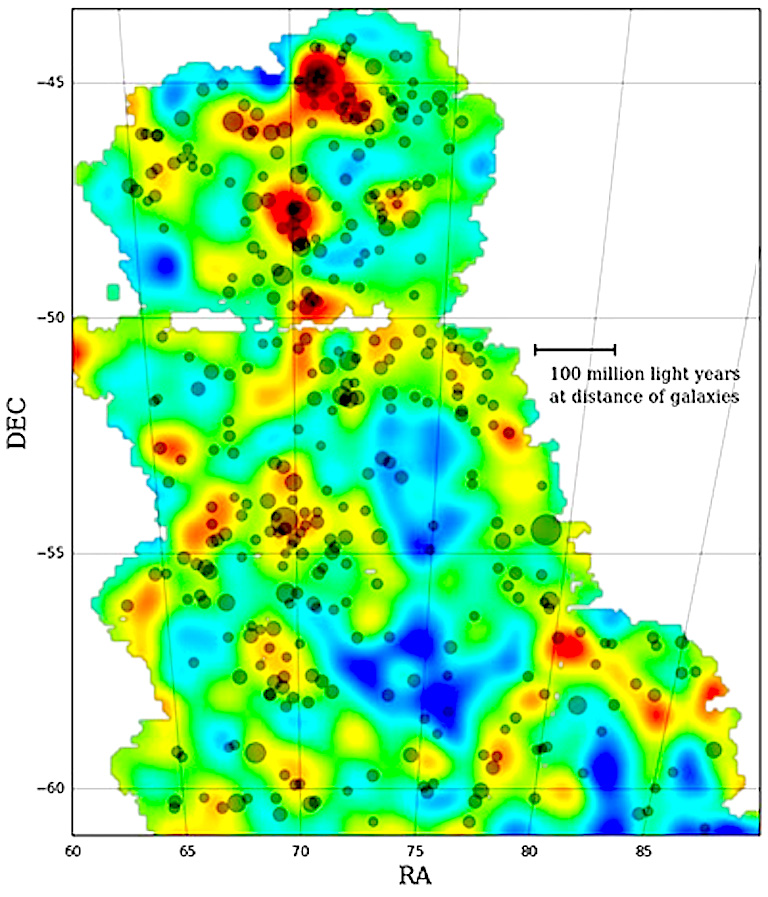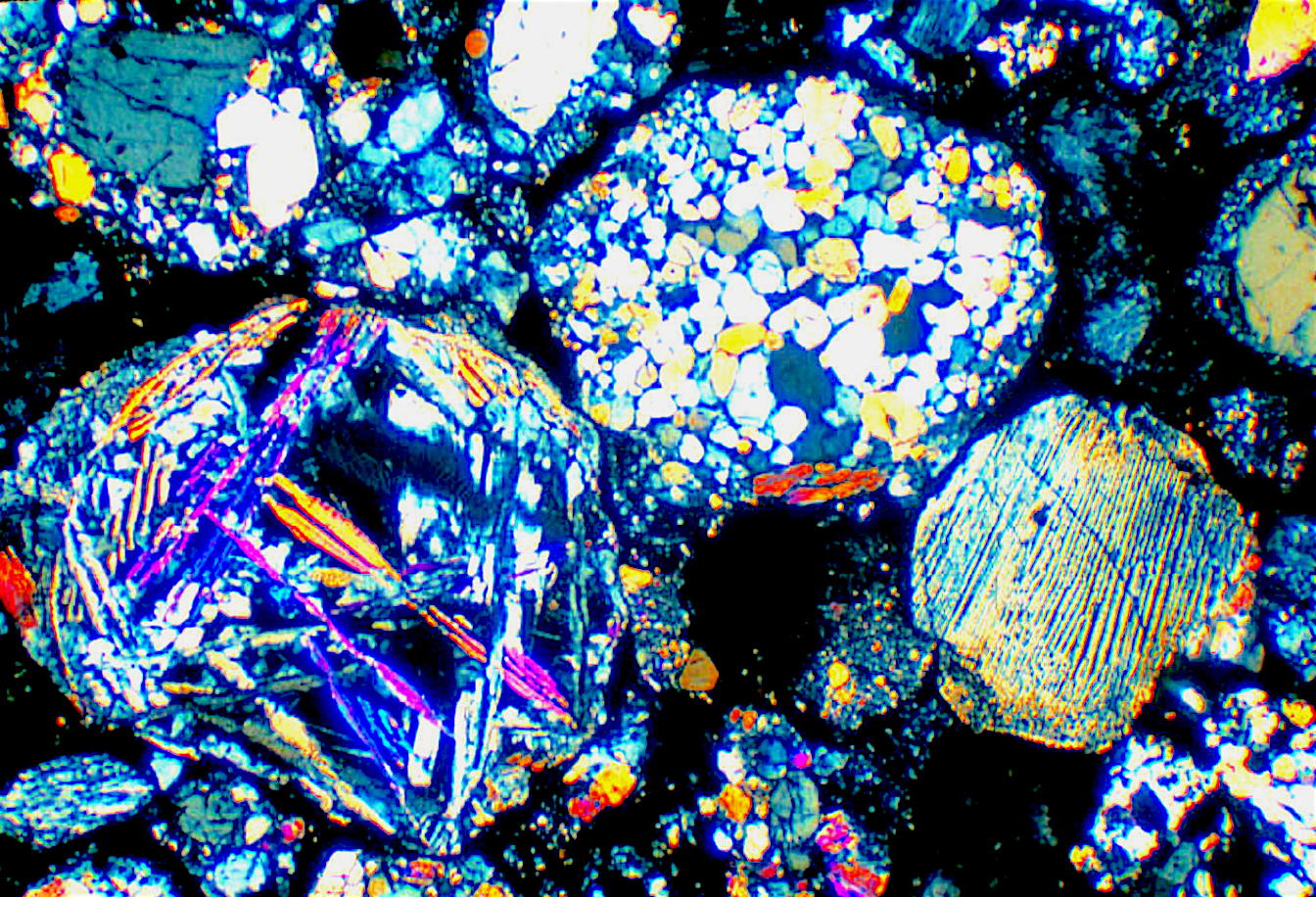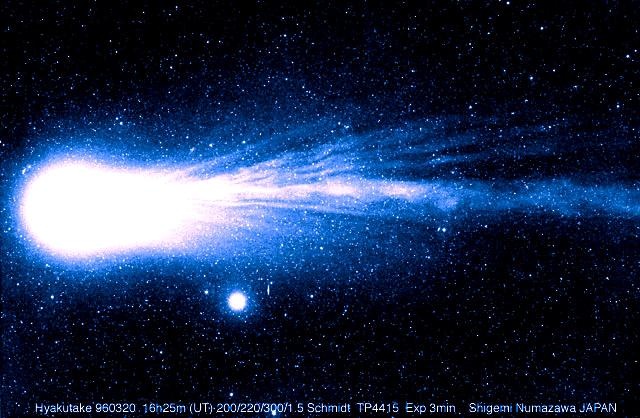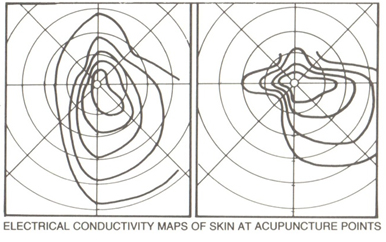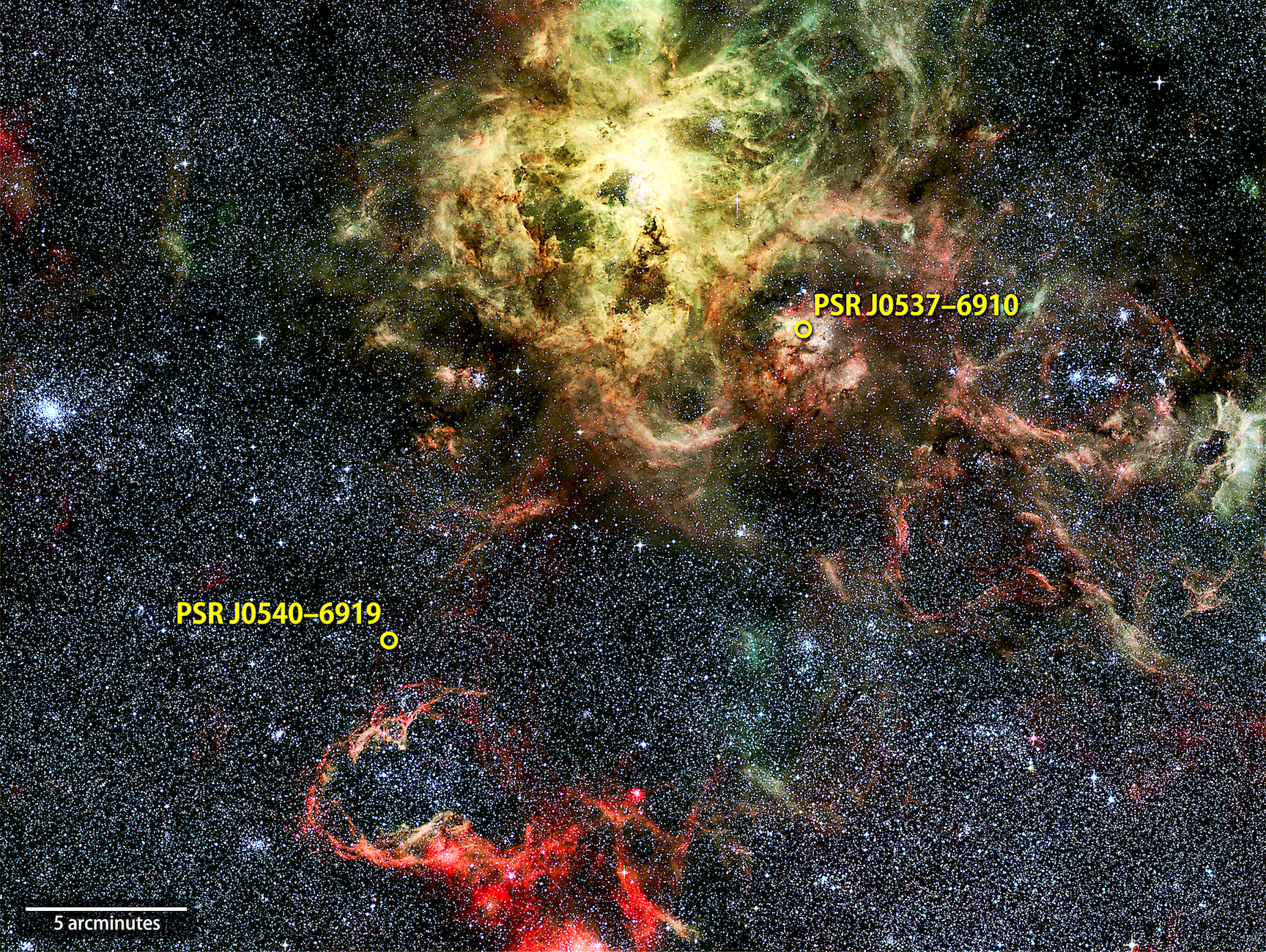The Electric Comet II — Best Evidence
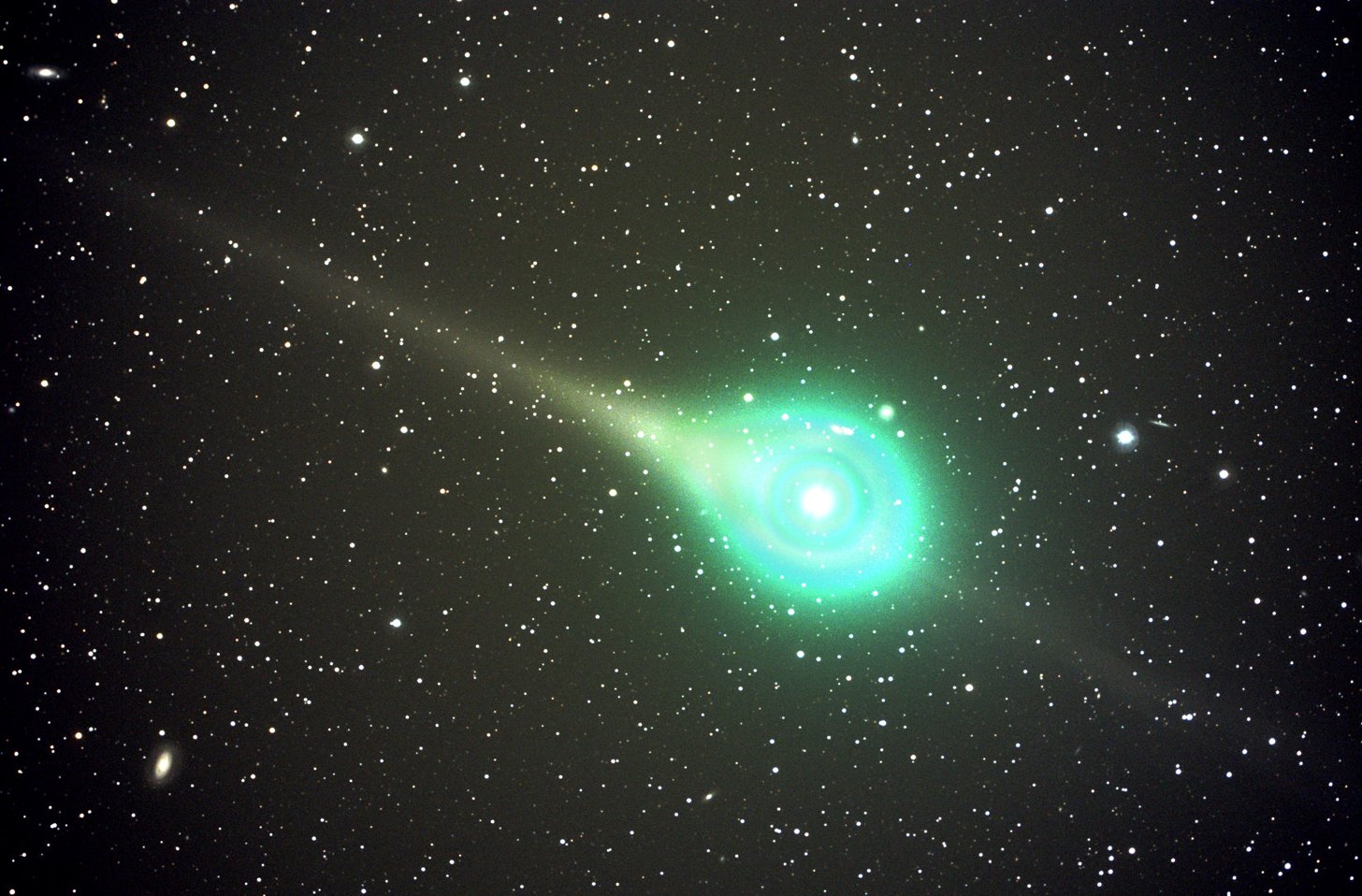
This video is the first segment of Episode 4 Symbol of an Alien Sky documentary series. It provides an update of comet science, starting where our earlier documentary The Electric Comet left off. Our objective in both comet documentaries is to contrast two perspectives—the Electric Comet Model and the “dirty…






